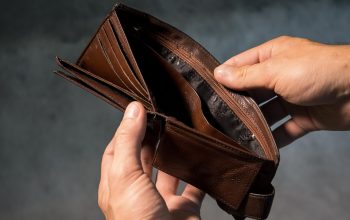Pre-Pack Business Finance is funding arranged specifically for the purpose of buying the functioning business of an insolvent company.
There is often a preconception that people who go bankrupt have done so on purpose so that they can somehow defraud their creditors by not paying them back. However, this is just not the case. Very few people actually set out to go bankrupt. Most of the time it is a situation that has arisen because of a variety of reasons some examples of which are – Redundancy – Death or illness – Relationship breakdown These are things that can happen to anybody and can leave a person completely unable to cope financially, leaving aside the emotional problems.
The Official Receiver has to investigate every bankrupt to establish the reasons that person ended up bankrupt. If he finds anything wrong he has a variety of ways he can deal with it. The most common of these is to seek a bankruptcy restriction order or undertaking. This extends the restrictions on a bankrupt beyond the usual date of discharge. The latest figures from the Official Receiver show that in the last year he dealt with 29,312 new bankruptcies. In the same period there were 691 bankruptcy restriction orders. This represents about 2% of all bankruptcies meaning that in 98% of cases the Official Receiver did not find enough evidence of wrong doing.
There may be an argument that bankruptcy is too easy an option for debtors. It only lasts for a year after which there is an automatic discharge. I have to say that I find I have a very ambivalent attitude to this. On the one hand, I think that if bankruptcy was more onerous perhaps people would take extra care in their financial affairs. At other times I think that what is the point of bankruptcy imposing too many restrictions – people lose the assets that they own and have to pay money back. What then is the point of bankruptcy being more onerous if its purpose is to merely punish those who have been unfortunate?



